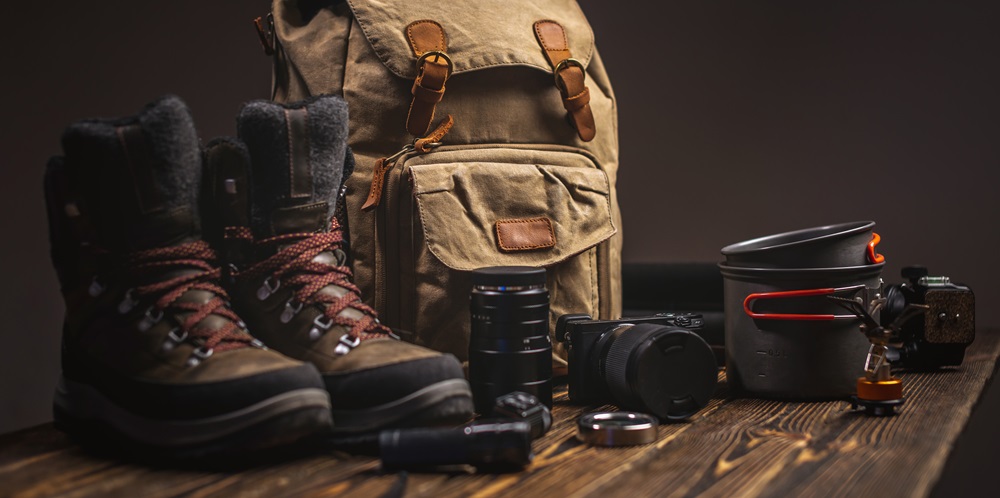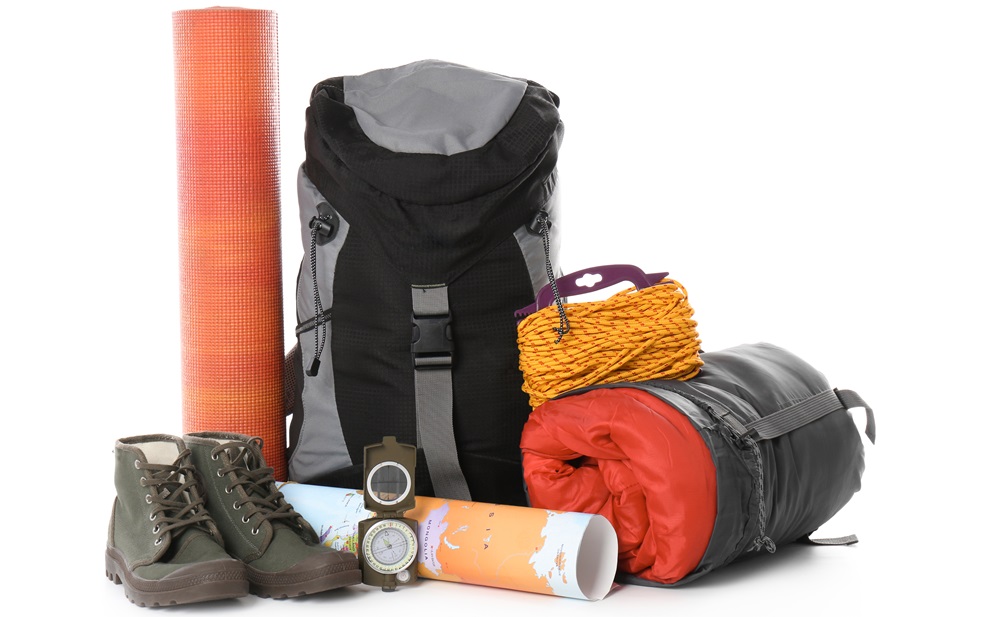Studies show flame retardants and waterproof coatings in older gear link to serious issues like cancer and hormone problems. In this post, you’ll see what to watch for and how to stay safe. Let’s get into it.
When you pick up used camping gear from a garage sale or online, you might not think about the treatments it has.
These include fire retardants to stop flames and coatings to keep water out. But some of these can harm you over time, especially if the gear is old.
What Fire Retardants Hide in Tents?
Fire retardants get added to tents and other gear to meet safety rules. They help stop fires from spreading fast. But many contain chemicals like PBDEs or organophosphates.
A study from Duke University found these in common camping tents, with levels that could expose you through touch or breathing in air inside the tent.
These chemicals don’t stay put. They can flake off or vaporize, getting on your skin or into your lungs. Research links them to thyroid issues, fertility problems, and even cancer risks.
Kids face more danger because they touch things and put hands in mouths more often. In one test, children’s play tents had high levels of these retardants, showing how widespread the issue is.
Makers have phased out some, like PBDEs, since health concerns grew. But in used camping gear from before 2010, they’re likely still there. You might notice a chemical smell when you unpack it – that’s a clue.
How PFAS Coatings Get Into Your Gear?
PFAS, or forever chemicals, make gear waterproof and stain-resistant. They’re in coatings on tents, jackets, and bags. These don’t break down easily, sticking around in the environment and your body.
Health wise, PFAS connect to high cholesterol, liver damage, and lower immune response.
Some studies tie them to cancers and fertility drops. In outdoor gear, you get exposed by wearing or handling it, though drinking water is a bigger source overall.
Laws in places like California ban PFAS in textiles by 2025, pushing makers to switch.
But for used items, check if it’s pre-2020 – chances are it has them. One report found PFAS in most waterproof outdoor products tested.
What Toxic Agents Waterproof Your Stuff?
Waterproofing often uses DWR treatments, many based on PFAS. But other agents like certain fluorinated chemicals in sprays can be toxic too.
Denmark tested sprays and found seven with carcinogenic PFAs.
These make rain bead off, but they can leach out. In tents, polyurethane or silicone coatings are common, but older ones might have harmful add-ins.
If you reapply waterproofing, pick non-toxic ones like wax-based to avoid adding more risks.
How to Spot These in Used Camping Gear?
Spotting chemicals isn’t easy, but start with labels. Look for “flame retardant” or “DWR treated” – red flags for possible issues. For PFAS, older gear without “PFAS-free” tags likely has them.
Air out the gear outside for a day or two. If it smells strong, that could mean off-gassing chemicals.
Research the model online – see if makers used certain treatments back then. For example, many tents before 2015 had organophosphate retardants.
You can also test fabrics, but that’s pricey. Instead, wash gear well before use to cut down residues.
| Common Chemicals | Where Found | Health Effects |
| PBDEs | Flame retardants in tents | Hormone disruption, cancer risk |
| Organophosphates | Fire treatments | Neurological issues, fertility problems |
| PFAS (like PFOA) | Waterproof coatings | Liver damage, immune weakness |
This table shows key ones to know.
What Health Risks Come From Exposure?
Long-term, these build up in you. Fire retardants might cause ADHD-like issues or reproductive harm. PFAS link to thyroid disease and reduced vaccine response.
A NIST study on firefighter gear showed wear increases PFAS release, similar to how camping gear ages.
Firefighters have higher cancer rates partly from this. For campers, risks are lower but real if you use gear a lot.
Data from EPA assessments note risks from swallowing small amounts or environmental spread. About 95% of Americans have PFAS in blood, showing wide exposure.

How Can You Stay Safe With Gear?
Pick newer gear labeled PFAS-free or without retardants if possible. For used stuff, clean it thoroughly – wash fabrics, wipe down surfaces.
Use alternatives: silicone for waterproofing, natural fibers where you can. Air gear in open spaces to let chemicals escape.
If you’re worried, limit skin contact or use liners in tents. And push for better rules – more states ban these now.
In the end, knowing about camping gear chemicals helps you make smart choices. You don’t have to ditch camping, just be careful with what you buy used.
Frequently Asked Questions
Are used tents and jackets safe to use?
Answer: Some older gear may contain PBDEs, organophosphates, or PFAS from flame retardants and waterproof coatings. These chemicals can off-gas or flake off, posing long-term health risks. Safety improves with newer, labeled PFAS-free or non-retardant gear.
How can I tell if my used gear has harmful chemicals?
Answer: Check labels for “flame retardant” or “DWR treated.” Older gear without “PFAS-free” tags likely has them. A strong chemical smell is another clue. Research the model online for its treatment history.
What health risks do these chemicals pose?
Answer: Long-term exposure can affect the hormones, liver, thyroid, and immune system. PBDEs may increase cancer risk, organophosphates affect fertility and neurological function, and PFAS link to immune weakness and liver damage.
How can I reduce exposure when using used camping gear?
Answer: Air out the gear for a day or two, wash fabrics, and wipe surfaces. Use non-toxic waterproofing alternatives like silicone or wax, and consider liners to reduce direct skin contact.
Should I avoid all older used camping gear?
Answer: Not necessarily. Older gear can still be used safely with precautions. Focus on cleaning, airing, and minimizing skin contact. Prioritize newer or PFAS-free items when possible for high-use gear.



